Around the world, people celebrate the new year by preparing special foods that are considered symbolic of luck or wealth, often drawing on traditions that date back centuries. In the American South, for example, it’s hoppin’ John, traditionally made with black-eyed peas (representing coins), collard greens (for dollar bills) and cornbread (symbolic of gold). Here are some of our other favorites.
Here are a few favorites:
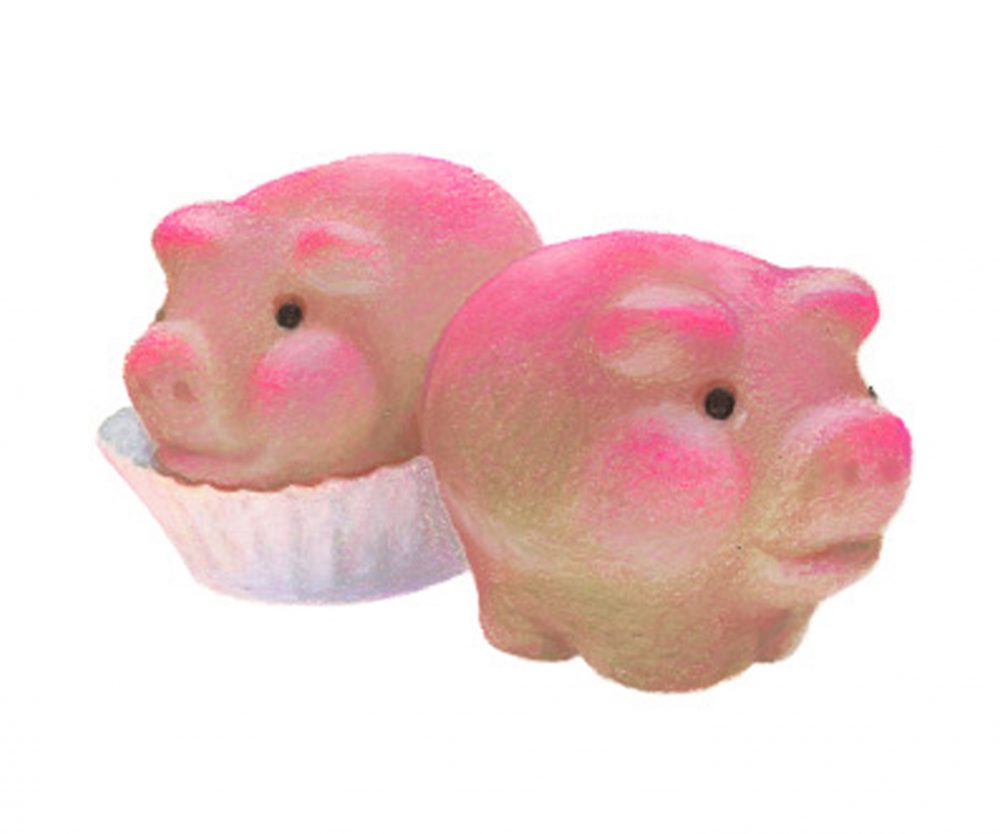
Glücksschwein
In Germany, luck for the new year takes the form of a plump marzipan pig, gifted to friends and family. The German language’s phrase for “getting lucky,” Schwein haben, literally translates as “to have a pig”—an association from the Middle Ages, when such livestock was a symbol of status and prosperity, and piglets were distributed as consolation prizes in sports and shooting competitions. The marzipan pigs are dyed pink and baked until they form a crisp, sugary skin.
Cotechino con Lenticchie
In Italy, this rustic dish of braised lentils topped with medallions of cotechino (a rich pork sausage from Emilia-Romagna) is served at midnight. Both ingredients are thought to resemble coins, which, according to Italian tradition, will bring prosperity in the new year—and eating as many as possible as the clock strikes midnight is encouraged.
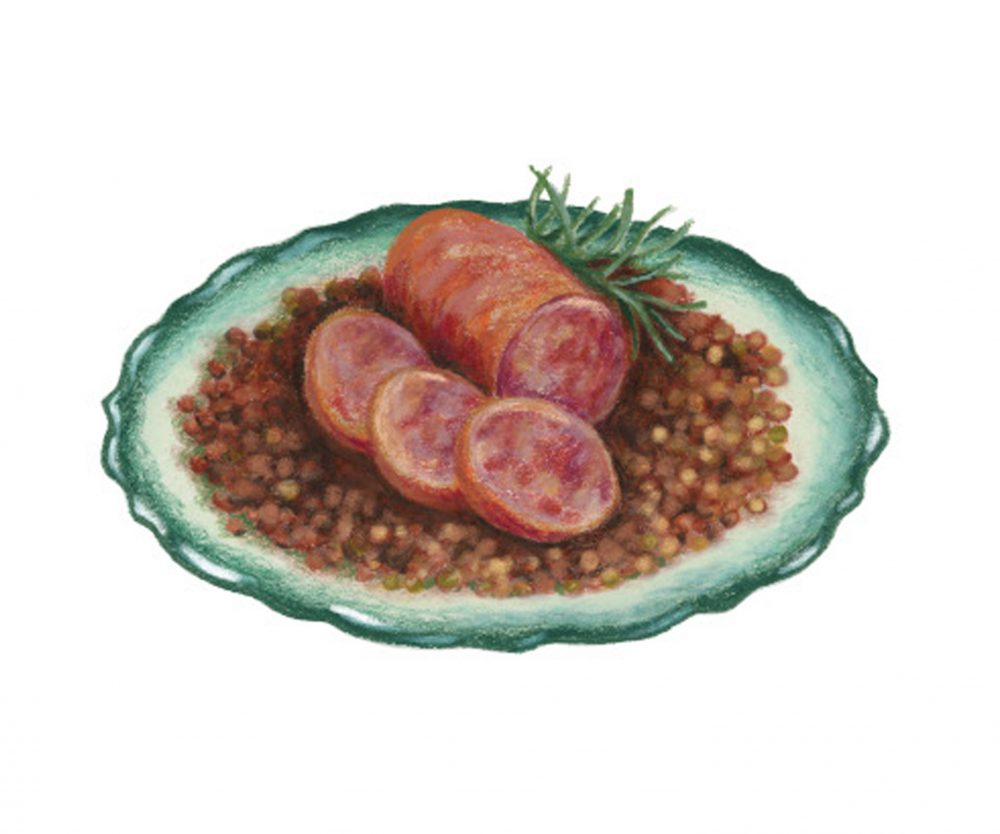
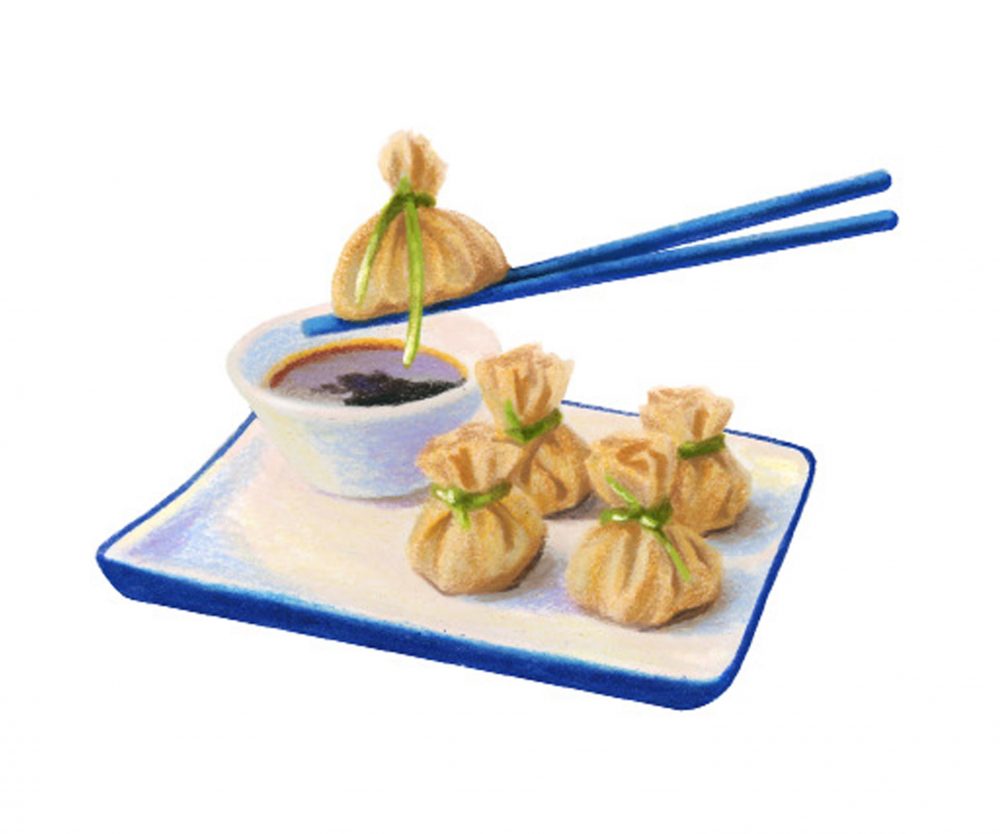
Xīn Nían Fú Dài
Because these Chinese dumplings resemble a purse bursting with riches, they are known as “money bag dumplings.” They often are served as an appetizer during Chinese New Year feasts. Their golden exteriors—which can be made of tofu sheets, napa cabbage or yellow dumpling wrappers—and colorful fillings signify wealth and abundance, while cilantro stem “purse strings” evoke green jade to represent harmony.
Toshikoshi Soba
A fixture of Ōmisoka (Japan’s year-end holiday), toshikoshi soba is a simple dish of buckwheat soba noodles served in dashi. Long noodles are associated with longevity and prosperity, while hardy buckwheat connotes resilience and wealth (historically, goldsmiths used buckwheat dough to collect stray gold dust in their workshops). And soba noodles break easily, alluding to a clean break with the prior year’s hardships.
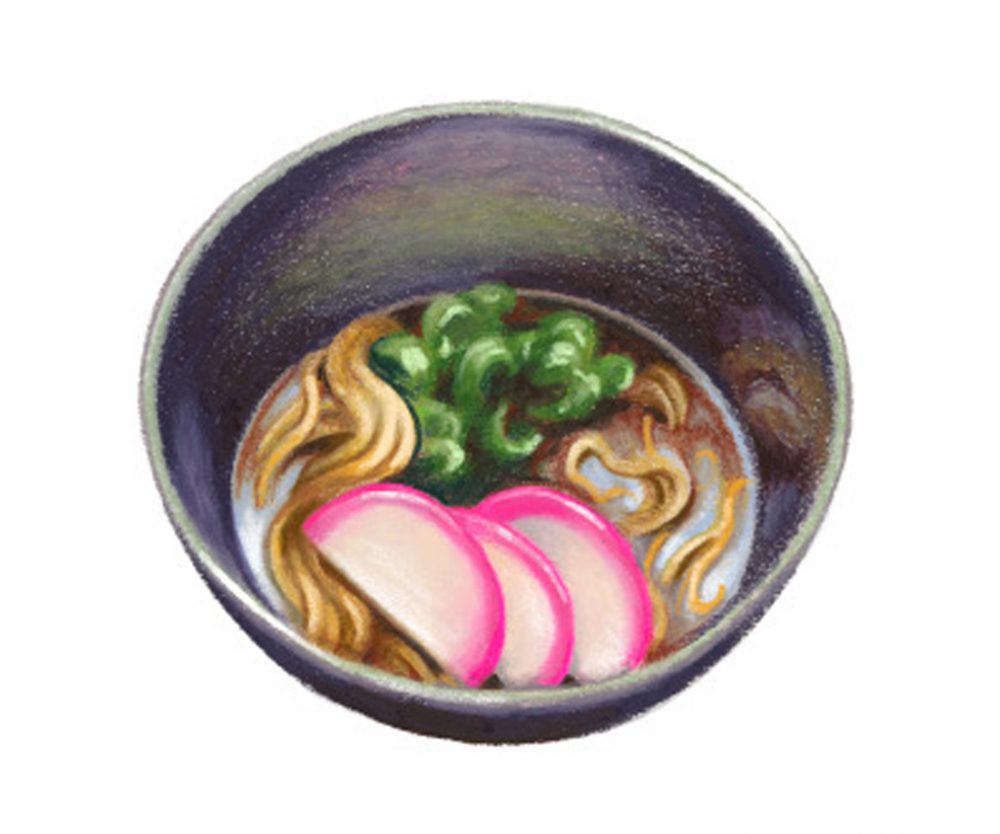
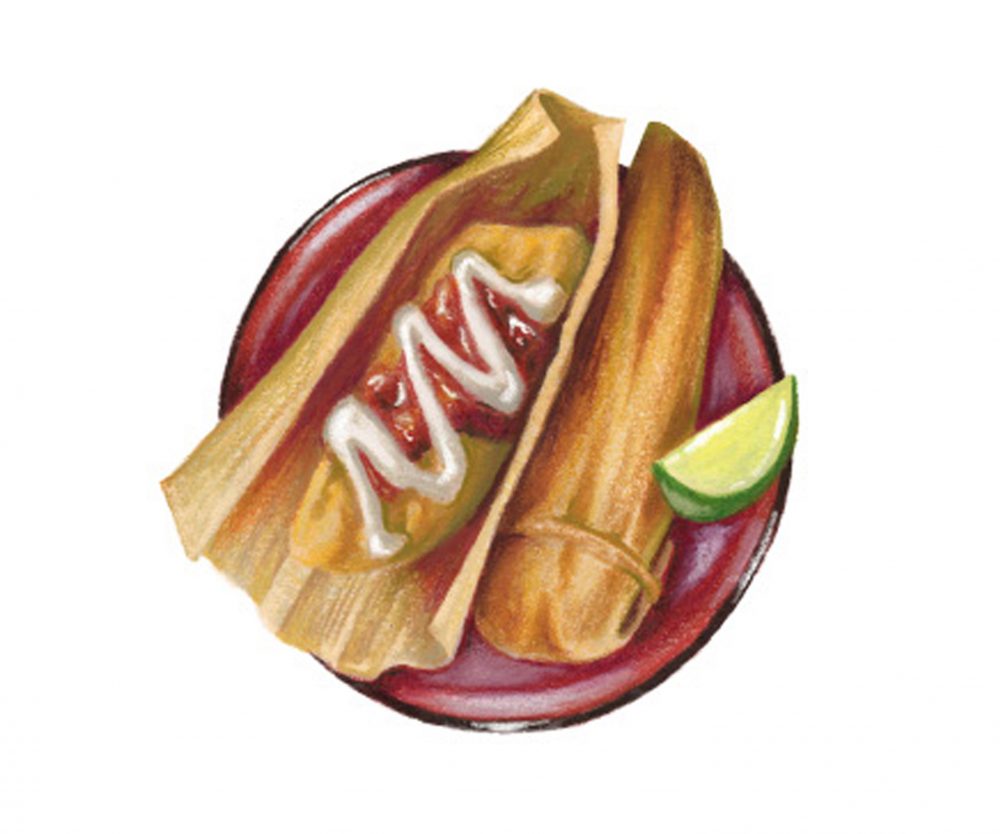
Tamales
A celebratory food in Latin America, tamales have become a fixture of Mexican New Year’s festivities. Made from masa, their signature golden color is considereda harbinger of future prosperity. It’s a New Year’s tradition to give them away as a symbolic way to spread the wealth. The dish also reflects the rhythm of the seasons, as the corn to make tamales is picked in November and sun-dried, then ground into masa at the end of December.






